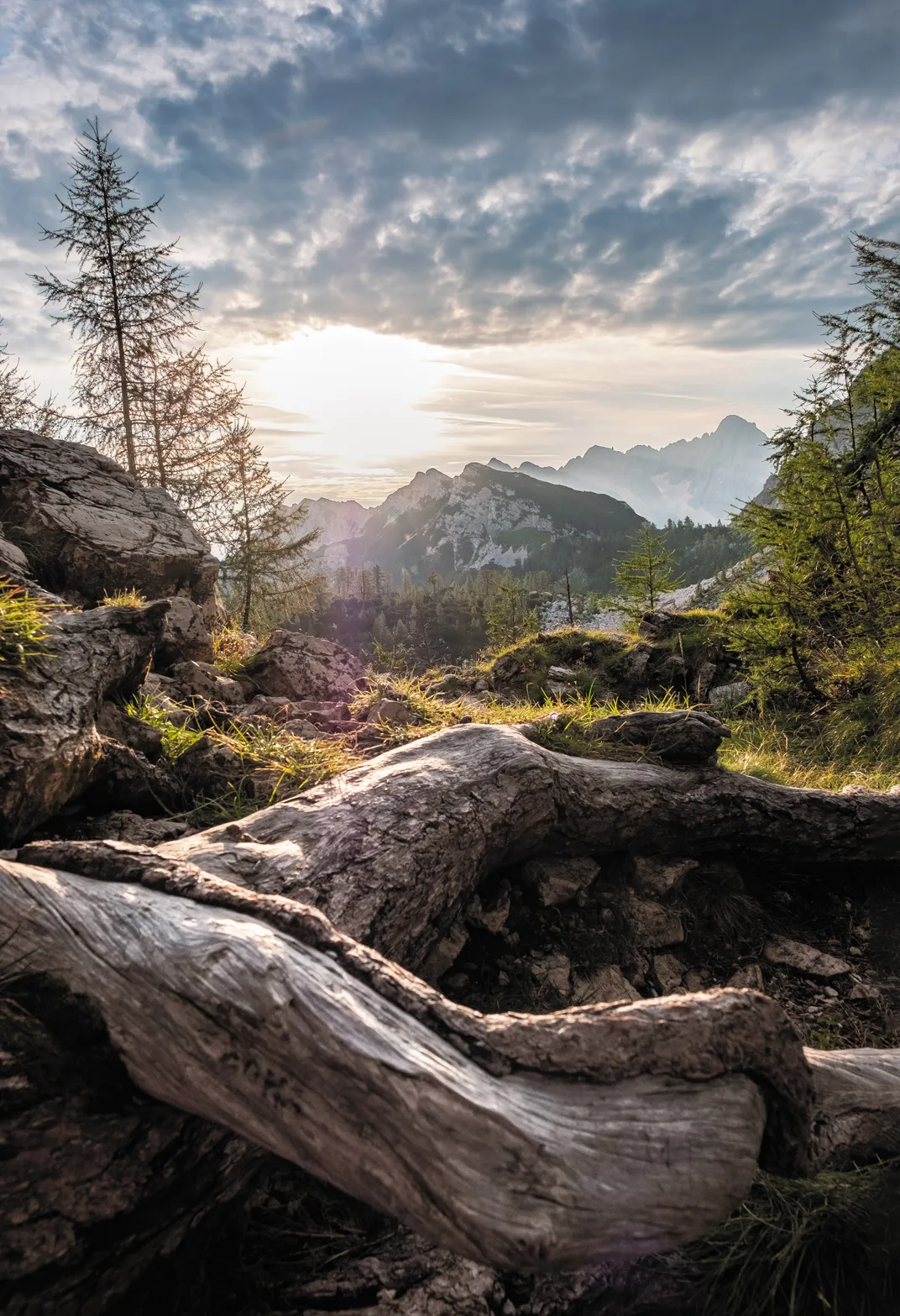Every culture has a cuisine that tells its story. Slovenia—a Lilliputian nation about the size of New Jersey but with less than a quarter of its population—has many stories to tell.
Bordered by Italy, Austria, Hungary and Croatia, the country has a landscape that varies dramatically. In the space of a few hours’ drive, you can see a sweeping span of European scenery and architecture, from Alpine lakes and medieval castles to Adriatic beaches lined with red-roofed villas and olive trees.
The country’s history is as diverse as its geography. Once part of a Slavic kingdom, Slovenia was later conquered by the Franks, and for 500 years it was ruled by the Hapsburg family. All the while it endured foreign invasions—first the Ottoman Turks, and later the French, after Napoleon briefly conquered the territory. Throughout, Slovenes have retained their own language and ethnic identity, dating back more than a thousand years. In 1991, Slovenia won independence from a fragmenting Yugoslavia and finally became its own nation. All these myriad influences led to the varied and sometimes surprising cuisine that I set out to explore this past spring.
While hiking near the ski town of Kranjska Gora, on the Austrian border, I gorged on platters of deep-fried and roasted pork with potatoes and sauerkraut, and for dessert, on thick slices of apple strudel and prekmurska gibanica, a pastry stuffed with poppy seeds, walnuts, apples and raisins. On the Adriatic there is seafood risotto and grilled fish. Near the border with Hungary, goulash and other dishes are heavy with paprika. In the Alpine region, home cooks boil up pots of buckwheat and corn zganci (mush) with sides of yogurt, cabbage and fried eggs. The Primorska and Podravje regions produce vaunted wines: The latter, in the northeast, is home to the Blauer Kolner, at more than 400 years of age thought to be the oldest grapevine in the world.
The Julian Alps behind Slovenia’s Vrsic Pass.
Francesco Lastrucci
The Charnel House, a memorial for Italian soldiers. Over a million Italian soldiers suffered…
Click Here to Read the Full Original Article at Travel | smithsonianmag.com…
